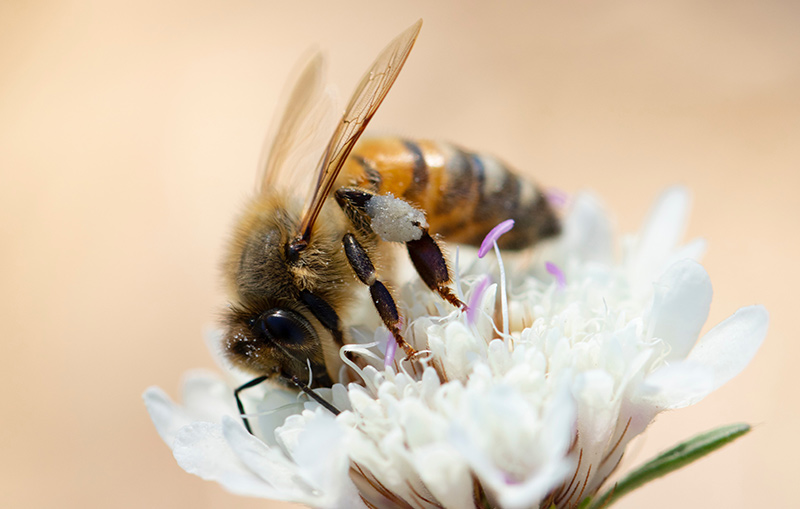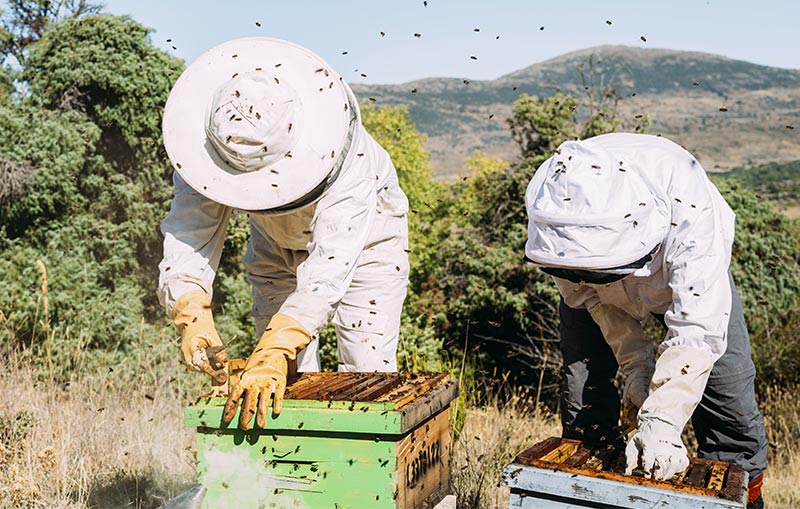
The Majestic Queens and Native Bees of Latin America and the Caribbean
4 Comments:
-
Michael Blare
Excepteur cupidatat non proident.
-
Rebeca West
Sed ut perspiciatis unde omnis iste natus ergo voluptate dolorem!
-
Sandra Ruiz
Excepteur cupidatat non proident.



Natalia Patton
Lorem ipsum dolor sit amet, consectetur adipiscing!